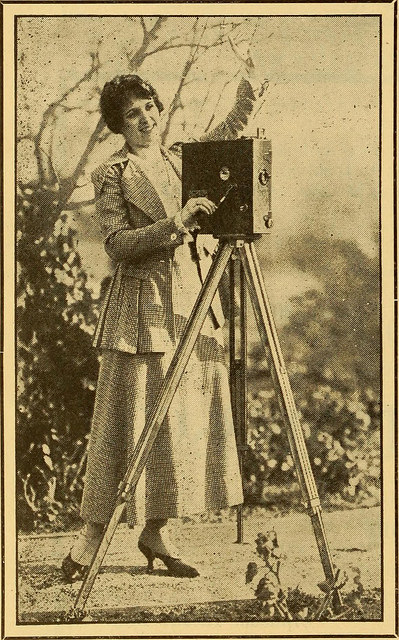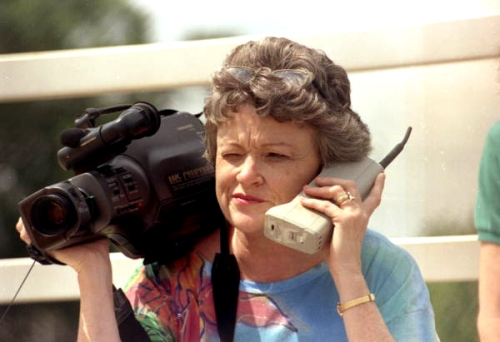 For better or worse, I grew up on television. We had all the cable TV channels and little supervision or limits. So I spent a lot of my younger days watching a whole lot of independent film. Many I watched over and over because they aired 3 times-a-day.
For better or worse, I grew up on television. We had all the cable TV channels and little supervision or limits. So I spent a lot of my younger days watching a whole lot of independent film. Many I watched over and over because they aired 3 times-a-day.
As I’ve gotten older, and now that I’ve actually tried to make some films myself, I have grown a more discerning eye for quality and a much greater respect for the artists that make film.
It seems everyone is a critic these days and not afraid to say how great or terrible a movie is. But once you try to make one yourself, you learn how much hard work, follow-through, and attention to detail it requires just to make an absolutely awful film, let alone a great one worth showing to anyone.
Being a film director is hard work. Being a successful one is considered a long-shot. Trying to become a successful female filmmaker, or female filmmaker of color, might feel even more impossible when you discover the statistics.
- Most female filmmakers made only one film in the last decade.
- Female directors face an age limit—they work from 30s-60s. Males work from 20s-80s.
- 83.3% of women of color made 1 top film from 2007-2016 vs 54.3% of non-Black/non-Asian males.
- Of 1,114 directors of 1,000 top films in the last decade, 4% were female.
- The first African-American female directors backed by major film studios didn’t occur until as late as 1989-1991!
From: Inclusion in the Director’s Chair? Gender, Race, & Age of Film Directors Across 1,000 Films from 2007-2016 by Dr. Stacy L. Smith, Dr. Katherine Pieper, & Marc Choueiti. The Media, Diversity, & Social Change Initiative. February 2017. Annenburg Foundation.

Florida Hall of Fame filmmaker Lucy Morgan, c 1985.
When I was asked to work with a new 4-day film festival in my area of the Pacific Northwest, specifically sharing the films of female directors, I couldn’t have been more honored. CASCADIA International Women’s Film Festival launches this April 20-23. Check them out and follow them on Facebook, Twitter, and Instagram. They’re also mentioned in my most recent WhatcomTalk.com article about the upcoming independent-film-viewing opportunities in my area.
This festival and the others like it will be helping to tip the scales and make the stats above a more distant part of our history.


